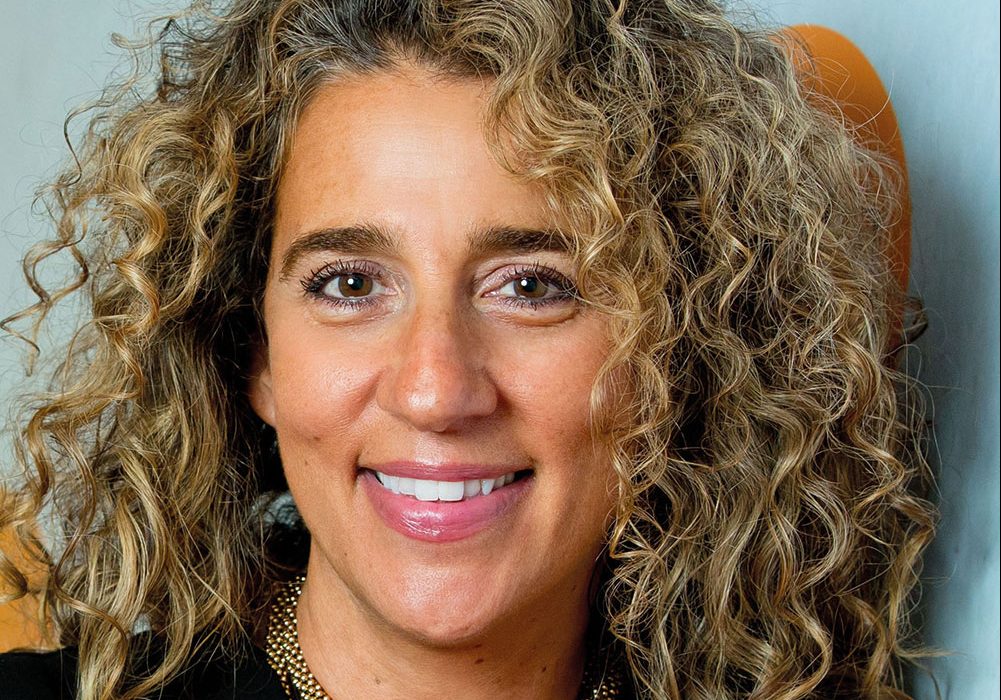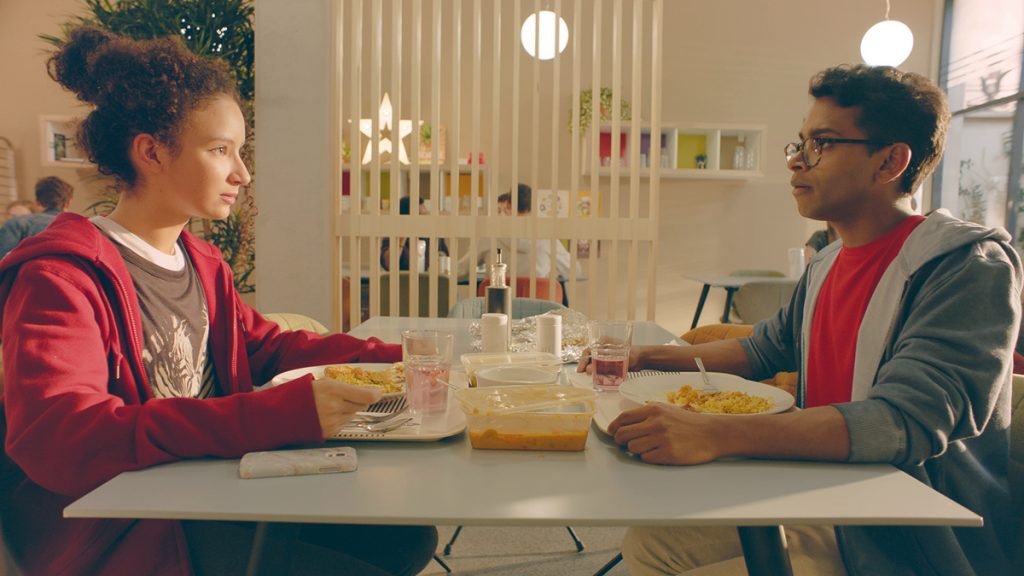
After more than 35 years of operation, TBI is closing its doors and our website will no longer be updated daily. Thank you for all of your support.
How borderless storytelling is evolving kids production models
Nina Hahn, SVP of international production & development at Nickelodeon, explains how global streamers have created a new generation of viewers and greater diversity in programming
One of the biggest evolutions brought on by the rise of global platforms has been the rapid expansion of global content. As virtual geographic borders have diminished, audiences have become used to content that is made in exotic locations, written in different languages or drawn by artists from every corner of the world.
Reinforced by a powerful trend towards borderless storytelling, this expansion in subject and style has enabled the kids business to embrace greater diversity both on-screen and behind the camera. Content makers all over the world are breaking down creative geographical barriers to create compelling storytelling formats that can be replicated nearly anywhere.
This is true at Nickelodeon. From Netherlands-originated live action series Hunter Street to Chinese animation franchise Deer Squad, Nick has prioritised partnering with creative talent from all around the world, evolving our model throughout a rapid decade of development. Currently, our international division has upwards of 25 original series in production or development across every continent worldwide. Coming soon are projects sourced and made in India, Israel, South Korea, Singapore, Brazil, Colombia and the U.K.
And we’re not alone. Streaming platforms like Netflix, Hulu and Amazon are also offering more local stories that can reach global audiences. China’s Scissor Seven, India’s Mighty Little Bheem, South Africa’s Mama K and Japan’s Oni are just a few examples of how audiences can embrace diverse cultures.
Culturally agnostic kids
The industry’s decision to invest in global content is a recognition that kids today are more culturally agnostic than ever before. The endless array of stories and ideas presented to kids via the web has made them global citizens, with common values and a shared sense of adventure and humour.
But cultural agnosticism is not the same as cultural homogeneity. Our content always will be led by creative visionaries at the centre, but surrounded by globally diverse teams that are empowered to bring their unique voices to the table. It’s like the United Nations of kids’ production – led by the voice and vision of the creator. Key to making this work is ensuring everyone is clear about the creative direction of the series from the start.
Research also plays a central role. Right now, we’re working on a global comedy animation series where rigorous insights helped us reconcile the Western audience’s proclivity for emotionally-led stories with the Eastern audience’s preference for gag-driven stories.
Of course, the kids content industry is well-structured to embrace this trend towards borderless storytelling and cross-cultural production teams. For decades, the economics has dictated that indie producers must co-produce to raise budgets. This financial imperative has, inexorably, brought us to a place where companies like 9 Story Media Group/Brown Bag Films, WildBrain, Cottonwood Media, Blue Zoo, TeamTO and Studio 100 are sure-footed international storytellers, embracing co-pro as an opportunity to elevate their shows. Proof of this is Cottonwood’s success selling live action series Find Me In Paris.
Challenges to building a robust international production model range from time zones and local laws to whether a show should be subtitled, dubbed or dialogue free. At Nickelodeon, we’ve responded by staying nimble, taking risks and having as many creatives at bat as possible. Take our Global Shorts Programme, which has been active for over ten years now and seen upwards of 500 projects run through its veins. Our most recent success is It’s Pony. Created by the UK’s Ant Blades, it involves talent from the US, France and Eastern Europe, on both sides of the camera.
The key takeaway is that kids today have more uniting than separating them. Seamless connectivity has created a curious, sophisticated audience that is hungry to embrace diverse voices and stories – without knowing it. And this requires culturally inclusive teams to make sure the end result delivers authentic emotional connections.




